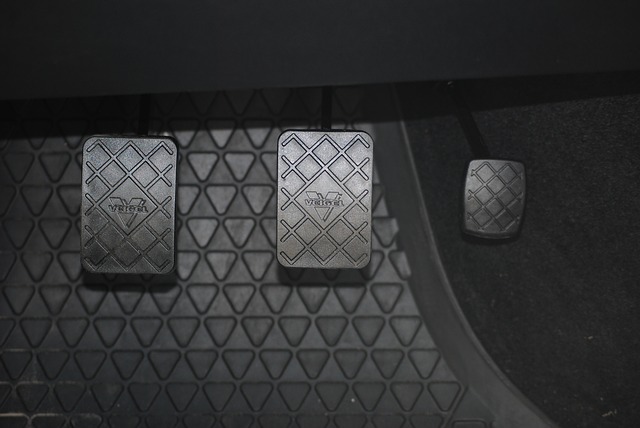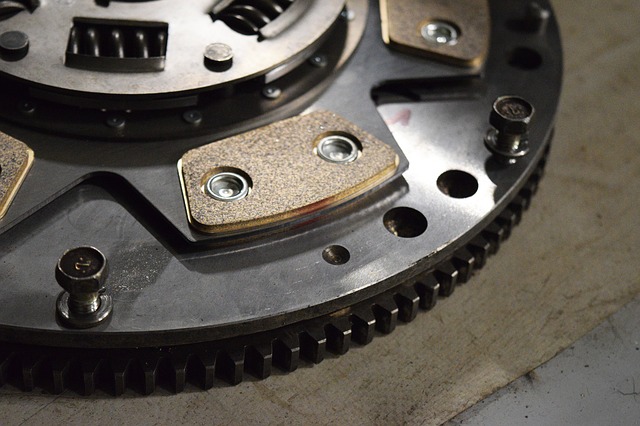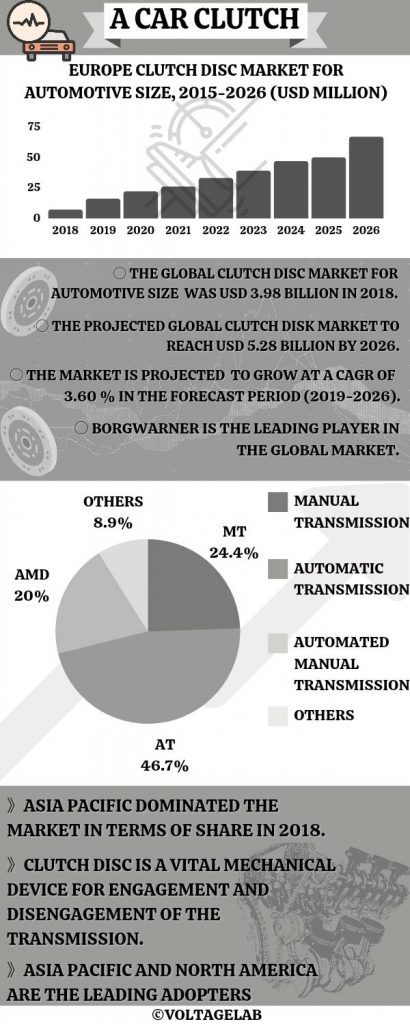Today let us learn how clutch works in car. A car can be of two kinds:
- Automatic
- Manual
The clutch plays a very key role in a manual car. As a result, it is very important to learn about how clutch works in car.
This article will cover logical answers to these questions,
- Characteristics of Internal Combustion Engine
- What is a clutch?
- What does it do?
- How clutch works in car?
- Why do you need to press the clutch pedal before you shift gears in a manual transmission car?
- The crucial role of the clutch in an uphill start.
To understand the need for a Clutch let’s first understand the anatomy of an internal combustion engine car.
Internal Combustion Engine Car
Internal combustion engines are heat engines.
Characteristics of Internal Combustion Engine,
- Combustion of fuel occurs with an oxidizer.
- It is an important part of the working fluid flow.
- Internal combustion engines have a very limited torque band.
- As a result, the engines need to efficiently vary the speed of the drive wheels.
- So, internal combustion engine cars need a transmission system.
- This transmission system works to ensure the optimum rpm range of the engine.
- The transmission helps control the drive wheel speeds.
- Examples: Gasoline Engine, Diesel Engine, Rocket Propulsion System.
What is a clutch?

The clutch is a smooth mechanism. It disconnects the flow of power to the transmission without switching off the engine. It transmits by engaging and disengaging the clutch cover. In a manual transmission car making gear changes is not an easy task. The clutch is the first step in the transmission of a manual car.
In short, the clutch is a mechanism to disconnect the flow of power to the transmission without turning the engine off.
There are 4 main parts of a clutch. They are:
- The cover plate (which incorporates a diaphragm spring),
- The pressure plate,
- The driven plate,
- The release bearing.
Let’s learn In-Depth of the parts:
1. Cover Plate:
The clutch cover plate is an essential component of the clutch system. It creates a separable connection between the engine and the drivetrain. Moreover, it helps in the transmission of power. It acts as overload protection for the whole drive train. It stays in connection with the flywheel.
2. The Pressure Plate:
It helps to induce propulsion torque to the wheel. The diaphragm spring works with the pressure plate to exert pressure on the driven plate. It is pressed against the flywheel to operate. It is an automobile dry disk.
3. Driven Plate:
Some people also know it as the friction plate. This plate operates on a splined input shaft. This shaft transmits power to the gearbox. It has friction linings. This helps in smooth driving.
4. Release Bearing:
It is a type of connective element. It creates a connection between the clutch pressure plate and the rigid release mechanism. Thrust ball bearings work to transfer release force to the clutch pressure plate.
What does a Clutch do? How Clutch Works in Car?
As we have got to know the main components that are responsible for how a clutch works, there are some more that play a key role. First, we have to learn how the whole mechanism works during normal driving.
Let us sum up, how it works:
- The clutch disc connects with the flywheel. It is a disc that consists of high friction material (on both sides).
- When an external force presses against the clutch disc, the clutch disc will turn with the flywheel. Here, the frictional force comes to play.
- There is a connection of the input shaft to the clutch disc. This helps to transmit engine power to the transmission system.
- The external force comes from the pressure plate
So, the pressure plate supplies the external force by firmly pressing onto the friction clutch disc. This transmits engine power to the transmission system.
The process of power disengagement by the clutch takes place with the help of a special kind of spring.

Why do you Need to Press the Clutch Pedal Before you Shift Gears in a Manual Transmission Car?
The answer to this question lies within the mechanism of the diaphragm spring.
The Diaphragm Spring:
- It stays in connection with the pressure plate.
- The diaphragm spring is in between the pressure plate and the cover.
- The design of the diaphragm spring is much like our own human body diaphragm. It also contracts and expands. The only difference is in the reason for its movement.
- When you press into the clutch, the diaphragm feels pressure at its center. The inner portion will move away from the friction disc. The outer portion stays in connection with the pressure disc.
- The power flow will discontinue and no transmission will take place.
- Now you can make a gear change.
- After the gear change, the power flow continues again.
It is clear that there is no direct connection between the hub and disc. The engine power first reaches the disc then it transfers to the springs. Again, finally to the output hub, this means that the springs will dampen out most of the power flow. Fluctuations from the engine and the motion transferred to the vehicle will be much smoother.
The Crucial Role of the Clutch in an Uphill Start
Now, as you all know, driving manual cars is not easy. Furthermore, driving in uphill conditions is far more difficult.
So, let’s explore the task of driving cars uphill.
- While driving uphill, initially both the brake and clutch pedal are pressed while the engine is running.
- Now, release the clutch pedal partially until you feel the clutch bite. N.B: You can feel the clutch bite at your foot. It may feel like the engine is shivering.
- At this point, if you release the brake pedal you can see the vehicle will not roll.
- The partially released clutch acts as a brake.
- Now You can press the gas pedal and the car will move forward.
This break phenomenon is nothing but a game of force. It stays in balance with respect to the vehicle. Wheels will not be able to roll. Moreover, the gravitational pull will be the same as a static frictional force at the wheels.
The big question here is,
How does the Partially Released Clutch Act like a Break?

The vehicle wheels are prevented from rolling by another force. This force also goes by the name balance force. It means a balance between the engine forward force and the static frictional force.
How it helps:
- When you partially release the clutch, it balances for the clutch bite.
- You are unknowingly doing all these force balances.
- When these forces are in perfect balance, the wheels, the transmission system, and the clutch disc will not be able to spin.
This is how the clutch bite acts as a brake.
Conclusion
I hope you enjoyed my ultimate guide to how clutch works in car.
Now I’d like to hear from you: have you ever driven in an uphill condition? Do you use clutches while driving most often?
Either way, let me know by leaving a quick comment below.
Read More Exciting Articles:



